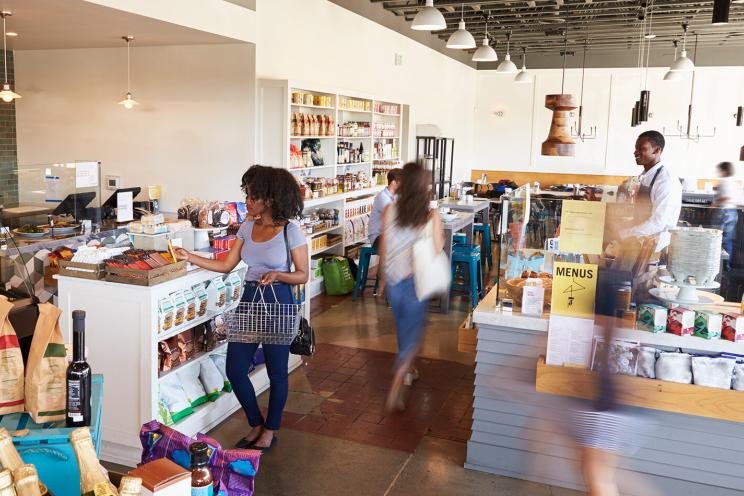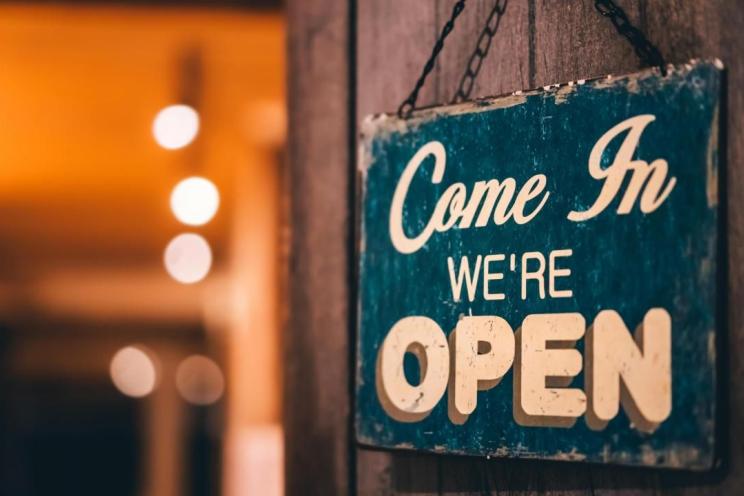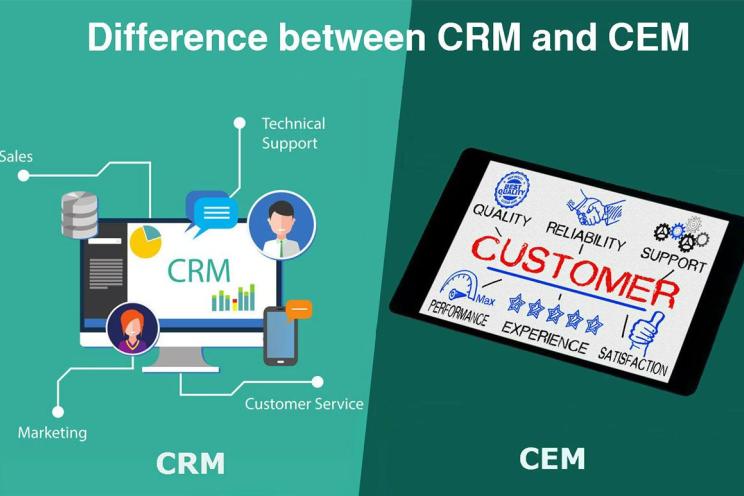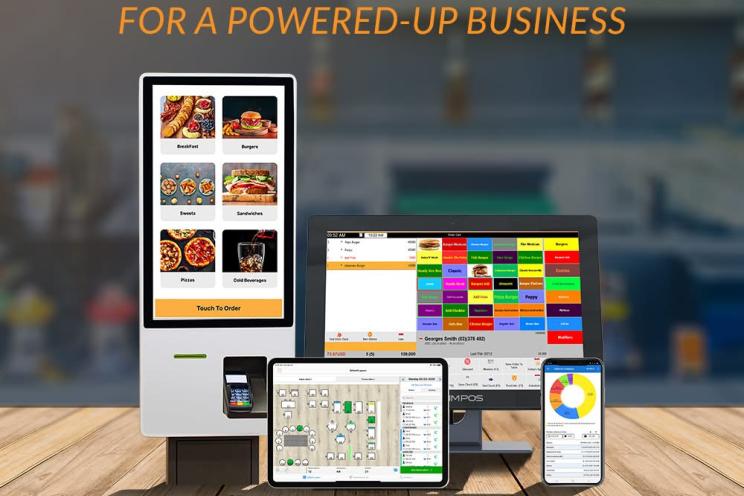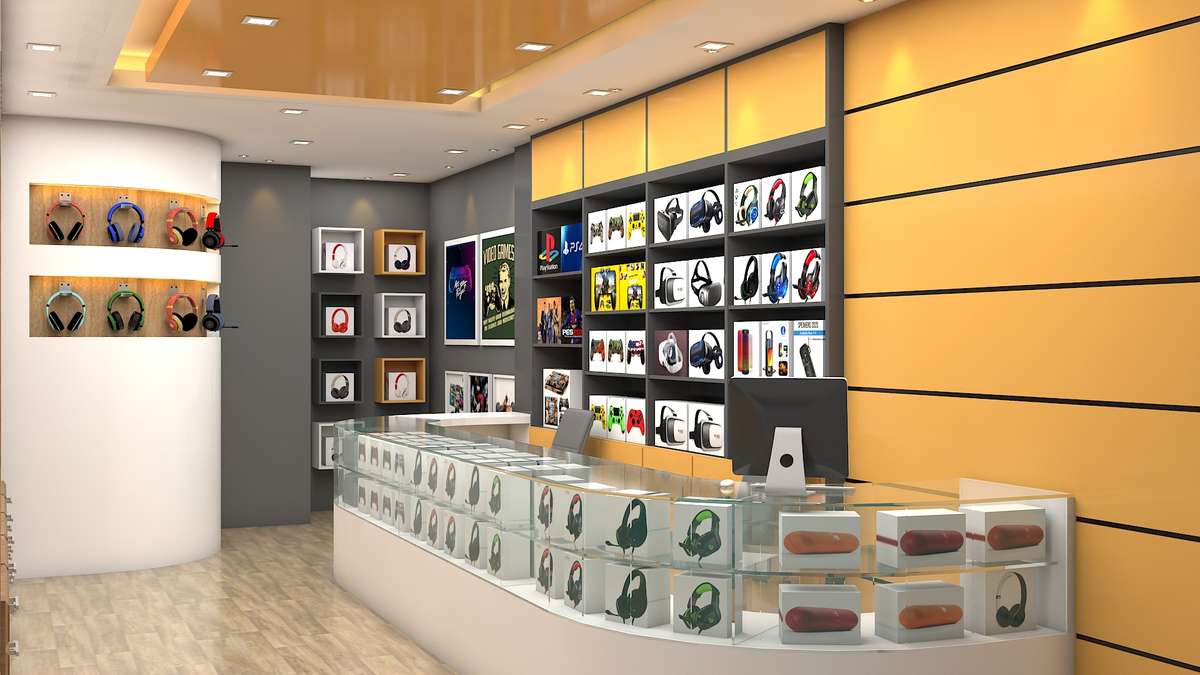
Quick Tips for Improving Cash Flow for Small Retail Shops
Even if you own a small retail shop like a small clothing store or mobile shop, running this small shop comes with its challenges, and managing cash flow is one of the most critical.
To stay afloat and grow your business, you need to ensure a steady and positive cash flow. Poor cash flow management can lead to missed opportunities, financial strain, or closure.
Fortunately, with smart budgeting, reducing waste, and leveraging technology like POS systems, small retail shop owners can effectively manage and improve cash flow.
What are some actionable tips for improving cash flow, and maximizing profits?
Create and Stick to a Budget
One of the most important steps in managing cash flow is to have a clear and realistic budget. Budgeting helps small retailers understand where their money is coming from and where it's going, ensuring that they're not overspending in one area while neglecting another.
How to Create an Effective Budget:
- Assess Fixed and Variable Costs: Identify your fixed costs (rent, salaries, utilities) and variable costs (inventory, marketing, commissions). Ensure you allocate funds for both while maintaining flexibility to adjust for seasonal changes.
- Forecast Revenue: Revenue forecasting enables businesses to anticipate potential risks and challenges in advance. By recognizing possible revenue fluctuations, companies can create contingency plans to lessen the effects of unexpected events. Look at historical sales data and industry trends to forecast your revenue for the upcoming months or years. Be conservative to avoid overestimating and plan for potential slow months.
- Identify Opportunities for Savings: Regularly review expenses to identify areas where you can reduce costs without sacrificing quality. Consider negotiating better terms with suppliers or reducing unnecessary overheads.
Sticking to the Budget:
Once you've created a budget, it's crucial to stick to it. Small retail shop owners often face unpredictable expenses, but staying disciplined will help avoid falling into debt. Track your actual spending against the budget regularly and make adjustments as needed to ensure you're staying within limits.
Improve Inventory Management
Inventory is one of the largest expenses for retail shops, and mismanaging it can tie up cash unnecessarily. Overstocking can lead to waste, especially if the items are perishable or seasonal while understocking can result in lost sales. Striking the right balance is essential.
Tips for Better Inventory Management:
- Track Inventory Turnover: Understand how often your inventory turns over by calculating the inventory turnover ratio (cost of goods sold divided by average inventory). A high turnover rate means you're selling items quickly, while a low turnover may indicate you're overstocked.
- Use Sales Data to Forecast Demand: Analyze past sales to forecast future demand accurately. This helps prevent overordering slow-moving products and ensures you have enough stock for high-demand items.
- Implement Just-in-Time Inventory: A just-in-time inventory system ensures that you order products as needed rather than holding large quantities in stock. This reduces holding costs and frees up cash for other purposes.
Use a POS system with inventory tracking to streamline this process. A good POS system like Storcheck will automatically update inventory levels in real time, alert you when stock is running low, and provide data-driven insights into what’s selling and what’s not. This way, you can make informed decisions about restocking and avoid tying up cash in slow-moving inventory.
Reduce Waste
Waste reduction is a powerful way to improve cash flow, especially in retail businesses where over-purchasing, poor inventory management, and inefficient operations can eat into profits. Waste isn't just about unsold products—it's also about wasted time, labor, and resources.
Strategies to Reduce Waste:
- Optimize Purchasing: Purchase only what you need based on sales trends and forecasts. This prevents overstocking and reduces the likelihood of markdowns or discarding unsold goods.
- Streamline Operations: Look for inefficiencies in your business operations. Are employees spending too much time on manual tasks that could be automated? Could you reduce energy consumption by switching to energy-efficient lighting or appliances? These small changes can add up over time.
- Focus on Quality Over Quantity: Instead of stocking up on many low-margin items, consider focusing on fewer high-margin products. This approach can reduce waste while improving profitability.
A POS system can help reduce waste by offering real-time insights into what products are performing well, allowing you to avoid over-ordering slow-moving items. You can also track employee performance and time management, ensuring that you are optimizing labor and resources.
Increase Profit Margins
Improving cash flow isn't just about cutting costs; it's also about increasing profits. Small shops can boost their profit margins by focusing on high-margin products, improving upselling techniques, and enhancing customer loyalty.
Maximizing Profit Strategies:
- Sell High-Margin Products: Identify products with high-profit margins and prioritize promoting and selling those. Upselling these items to customers can increase revenue without additional inventory costs.
For instance, a clothing boutique finds that while their main items like jackets have lower margins, accessories like scarves are sold at a higher markup. The store begins to prominently display scarves near the checkout and features them in promotional materials and social media posts.
As a result, the shop increases the sale of these high-margin items, leading to improved overall profitability without significantly increasing inventory costs.
- Offer Bundles and Promotions: Package slow-moving products with bestsellers to encourage customers to buy more. Promotions can drive sales while helping clear out excess inventory.
- Improve Customer Retention: Returning customers spend 67% more than first-time customers. Therefore, acquiring new customers is often more expensive than retaining existing ones. Focus on improving customer service, offering loyalty programs, and engaging with customers to encourage repeat business.
With a POS system, you can easily identify high-margin products, track sales trends, and measure the success of promotions. Many modern POS systems come with customer relationship management (CRM) tools, allowing you to create personalized marketing campaigns and loyalty programs that keep customers coming back.
Leverage POS Technology for Cash Flow Insights
POS systems are no longer just for processing sales—they are powerful tools that can help small retail shops manage cash flow more effectively. By offering real-time insights and cash flow forecasting, POS systems enable shop owners to make smarter financial decisions.
Benefits of Using a POS System for Cash Flow Management:
- Real-Time Sales Data: A POS system provides up-to-the-minute data on sales, inventory, and cash flow. This allows you to track your business's performance daily and make quick adjustments if necessary.
- Cash Flow Forecasting: Many POS systems offer cash flow forecasting features that predict future cash needs based on historical sales data and current trends. This helps retailers plan for slow periods and avoid running into cash shortages.
- Automated Reports: A good POS system will generate automated reports on key financial metrics like sales, expenses, and profits. These reports give you a clear picture of your cash flow and help identify areas for improvement.
- Integration with Accounting Software: Modern POS systems can integrate with accounting software, simplifying bookkeeping and ensuring that all transactions are accurately recorded. This reduces the risk of errors and makes tax season much easier.
Investing in a POS system with these features will not only help streamline daily operations but also provide the financial insights necessary to manage and improve cash flow effectively.
Keep a Cash Reserve
Even with careful planning, unexpected expenses and slow sales periods can strain your cash flow. That's why it's important to maintain a cash reserve. Having a buffer will give you peace of mind and ensure you can cover expenses when cash flow dips.
How to Build a Cash Reserve:
- Set Aside a Percentage of Profits: Dedicate a portion of your profits each month to building a cash reserve. Even setting aside a small amount regularly can grow into a substantial fund over time.
A small clothing store might for example experience seasonal spikes in sales during the holidays and back-to-school season but has slower periods in the summer and early winter.
The shop sets a goal to save 5% of its monthly profits during its busiest sales months. By consistently setting aside this amount, they build up a cash reserve for future use.
This way, during a slow sales period in January, the store's cash reserve covers rent and employee salaries without needing a loan or dipping into emergency funds. This helps them maintain operations smoothly and avoid debt.
- Minimize Unnecessary Expenditures: Focus on saving in areas where you can cut costs. This may include reducing energy usage, renegotiating supplier contracts, or limiting spending on non-essential items.
Improving cash flow for small retail shops is about being proactive, planning effectively, and using the right tools.
Investing in a POS system that offers real-time insights, cash flow forecasting, and automated reporting will not only save time but also provide the critical information needed to make smarter financial decisions. With the right approach and tools in place, you can enjoy a healthier cash flow, reduced financial stress, and a more profitable business.

